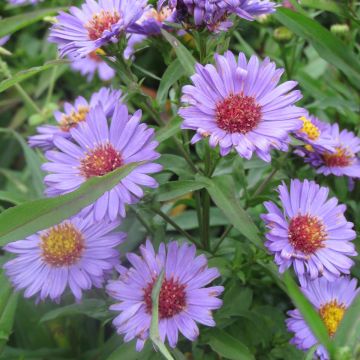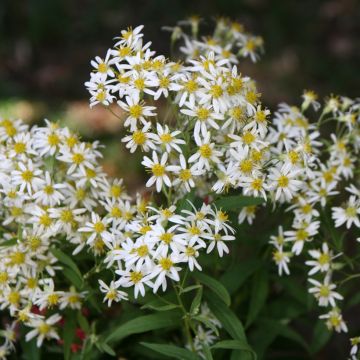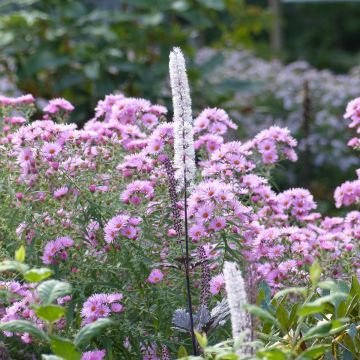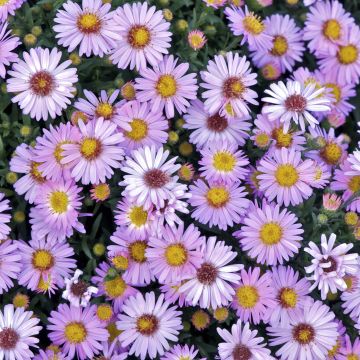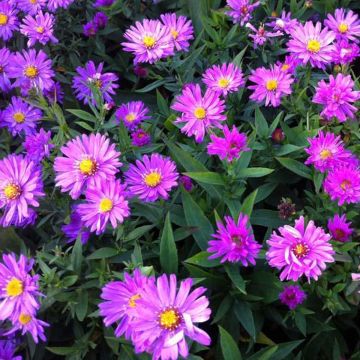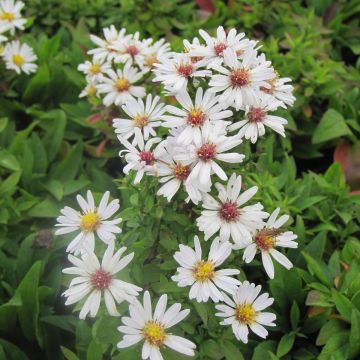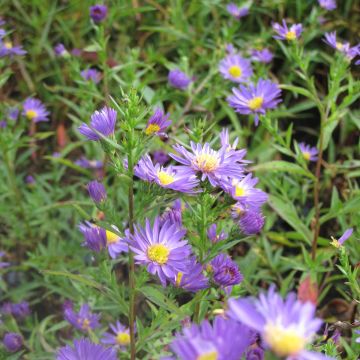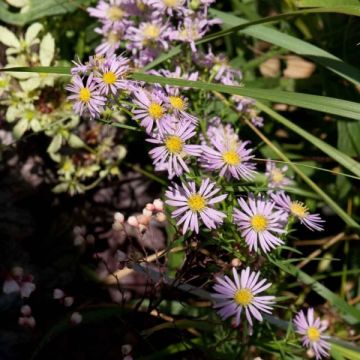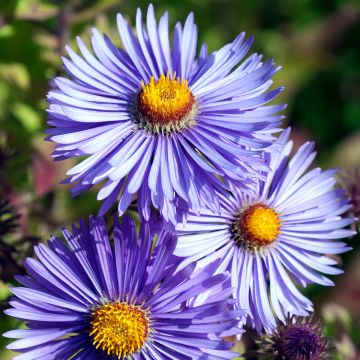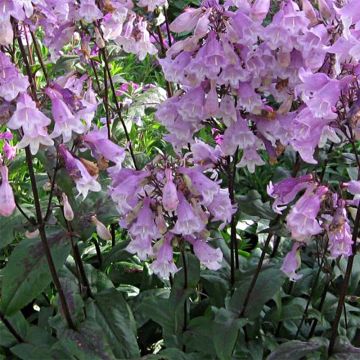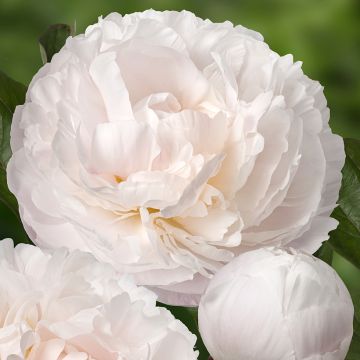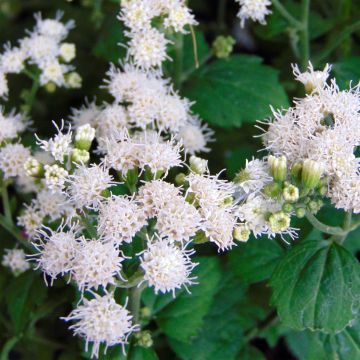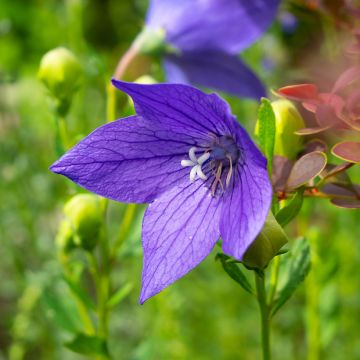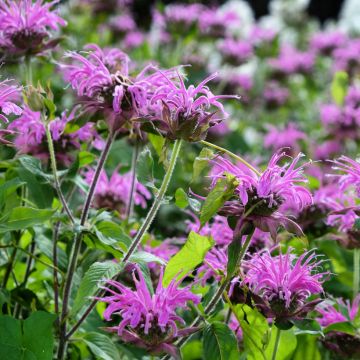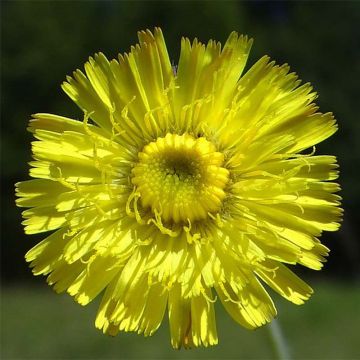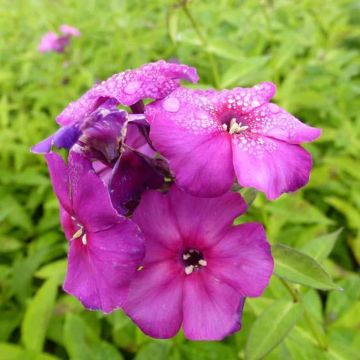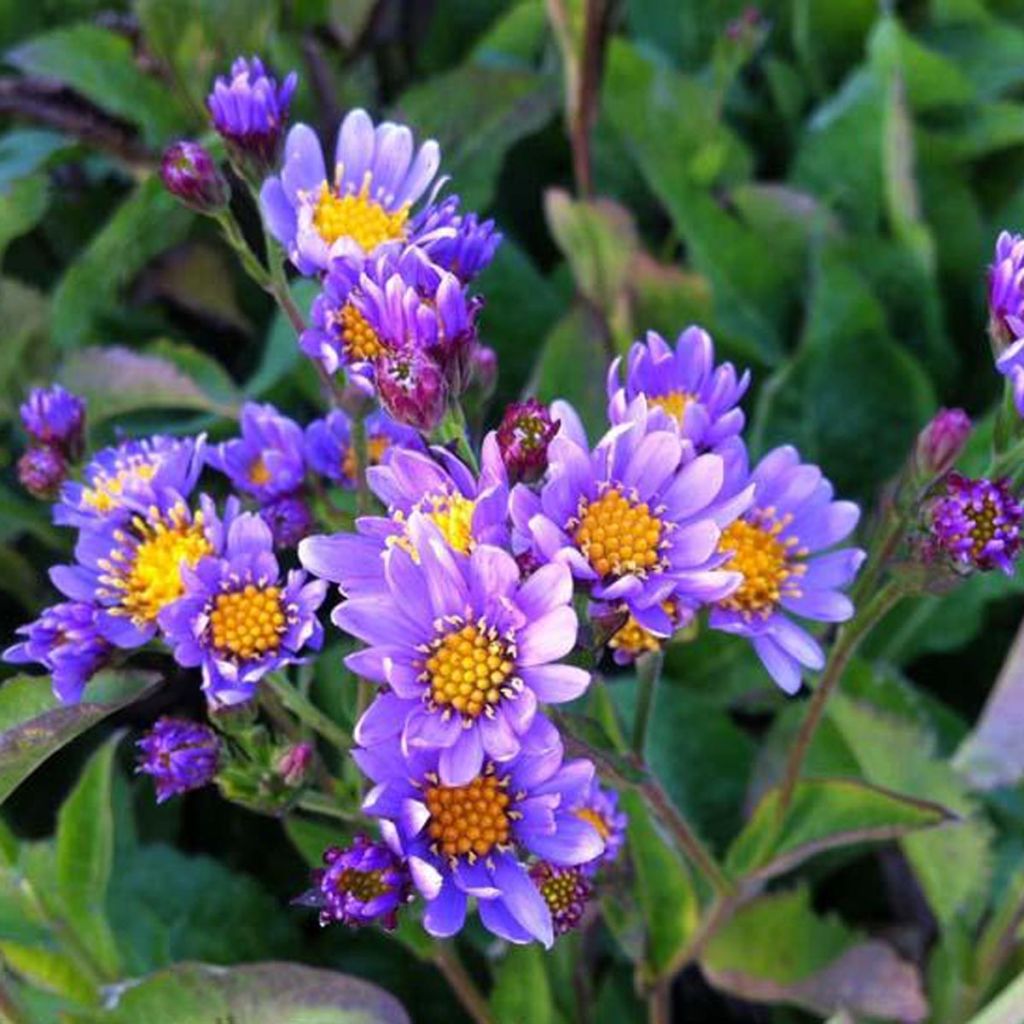

Aster tataricus Jindai
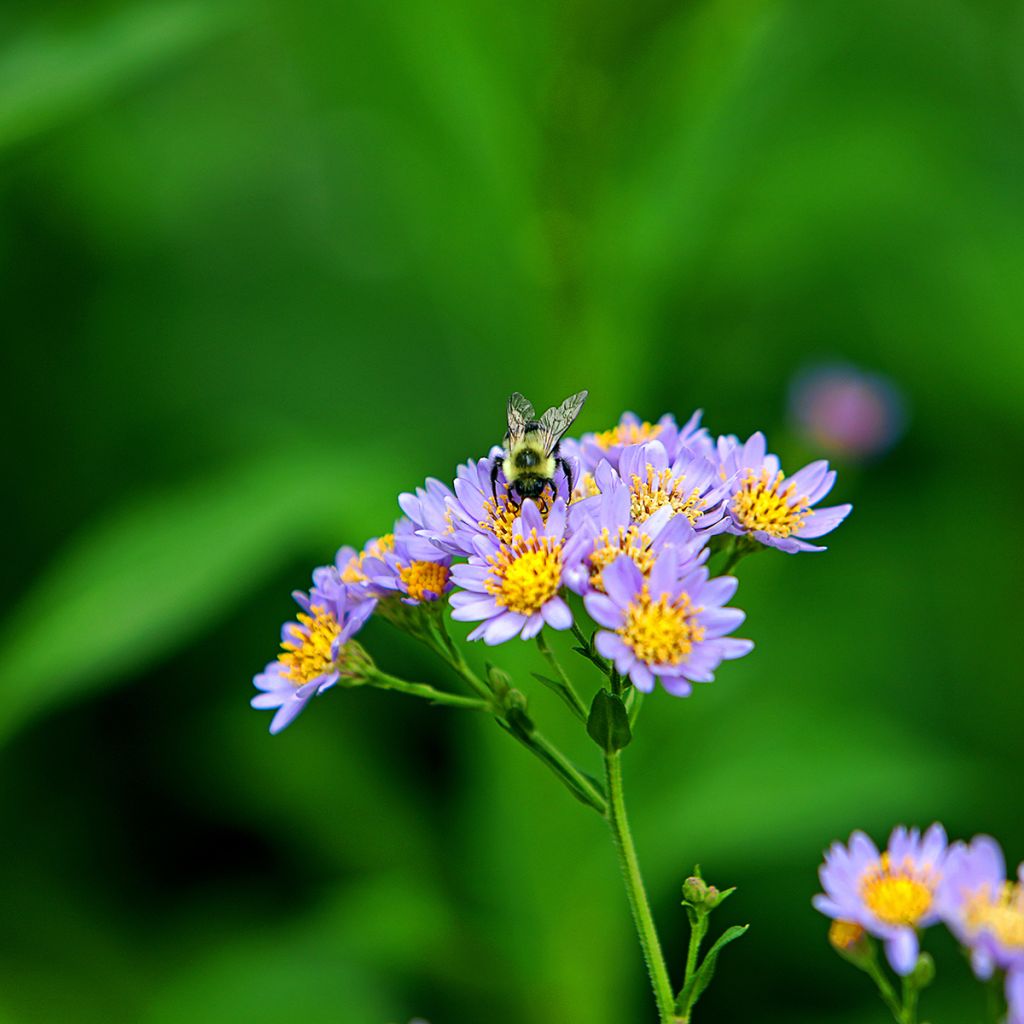

Aster tataricus Jindai
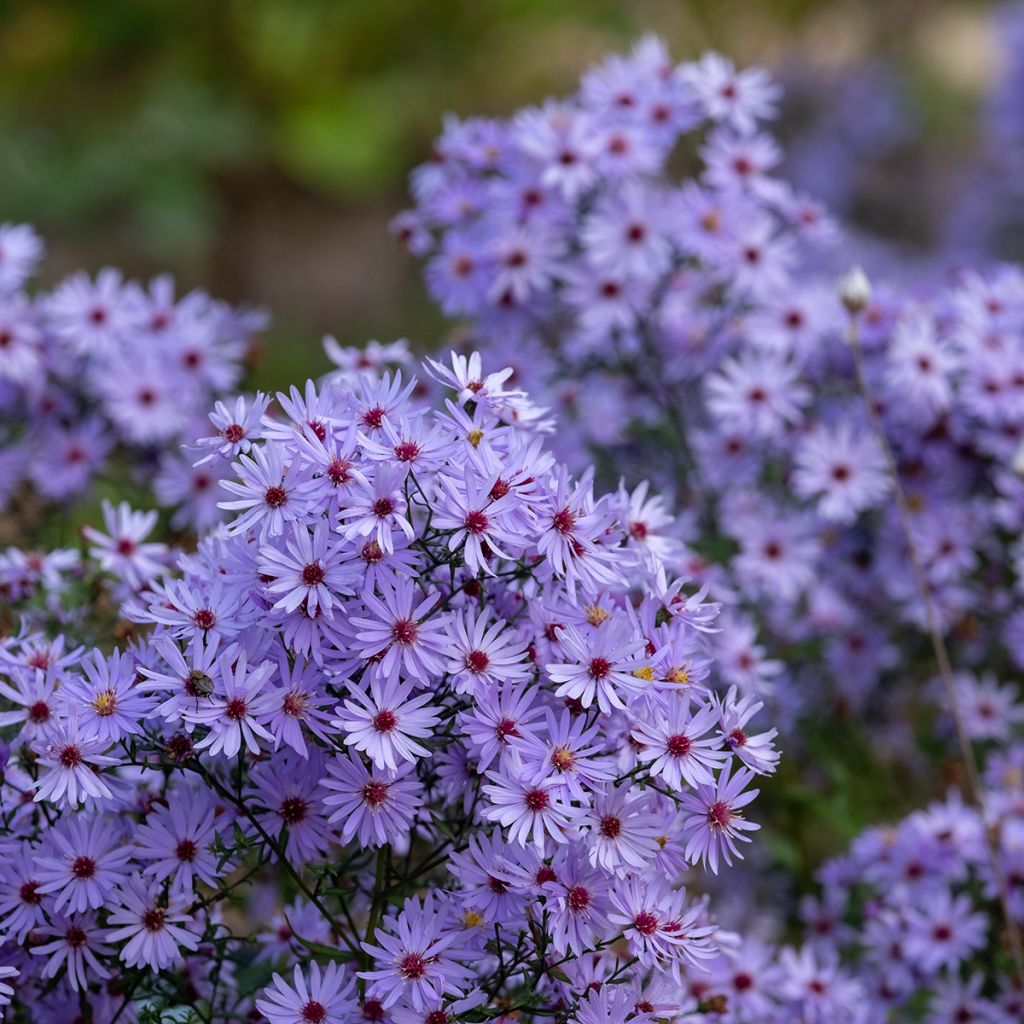

Aster tataricus Jindai
Aster tataricus Jindai
Aster tataricus Jindai
Michaelmas daisy
This item cannot be shipped to the selected country
Delivery charge from €5.90
More information
Schedule delivery date,
and select date in basket
This plant carries a 12 months recovery warranty
More information
We guarantee the quality of our plants for a full growing cycle, and will replace at our expense any plant that fails to recover under normal climatic and planting conditions.
From €5.90 for pickup delivery and €6.90 for home delivery
Express home delivery from €8.90.

Does this plant fit my garden?
Set up your Plantfit profile →
Description
Aster tataricus Jindai, or Tartarian Aster, is a perennial herbaceous plant native to China and Siberia, which blooms between September and November, forming an upright clump of small clusters of pale blueish-pink flower heads with prominent golden yellow hearts. Its long sturdy stems are adorned with large bright green ovate leaves that rarely require staking.
Aster tataricus Jindai is a tall, easy-to-grow Aster reaching 1.20m (4ft) in height, bringing life to the garden in late summer and early autumn when most flowering perennials have faded away. It thrives in a sunny or slightly shaded position, sheltered from strong winds in rich and moist soil. You can plant it at the back of borders, paired with chrysanthemums and other late-flowering perennials such as echinaceas, sunflowers or heucheras that provide an excellent contrast of warm colours, or grasses with delicate foliage. These asters also make excellent cut flowers.
Asters belong to the asteraceae or composite family, which predominantly includes herbaceous plants. The genus Aster offers a wide range of species, represented by a multitude of floriferous varieties. There are asters of all sizes, in an extremely diverse range of colours. Several species are associated with each season, including Spring Asters such as Aster alpinus or Aster tongolensis; Summer Asters such as Aster amellus or Aster frikartii; and Autumn Asters such as Aster cordifolius, Aster dumosus, Aster ericoides, Aster lateriflorus, Aster novae-angliae, or Aster novi-belgii.
Report an error about the product description
Aster tataricus Jindai in pictures
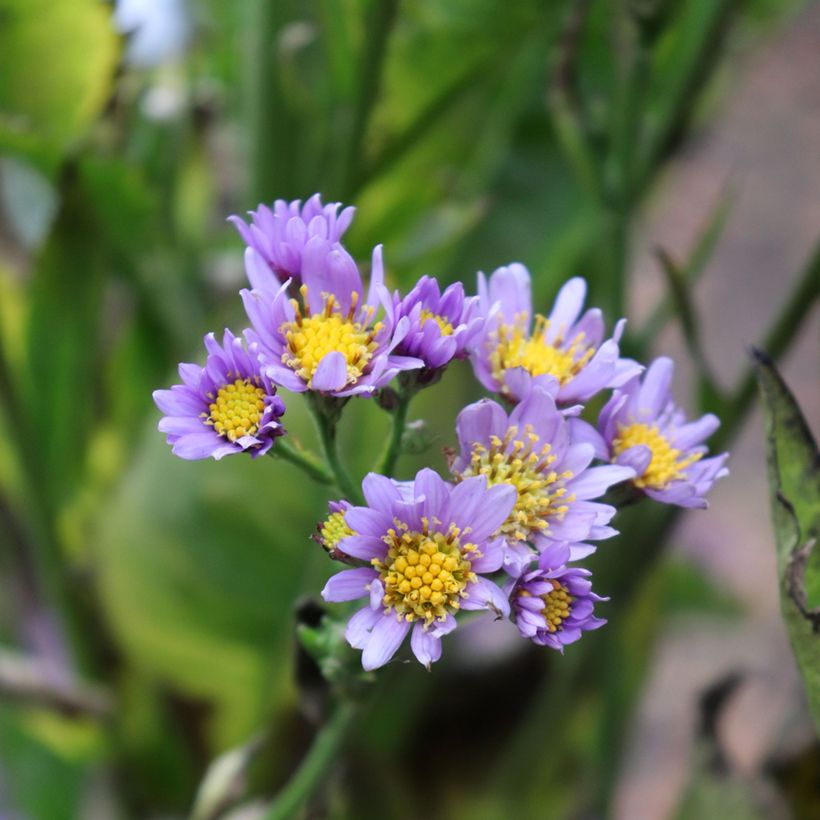

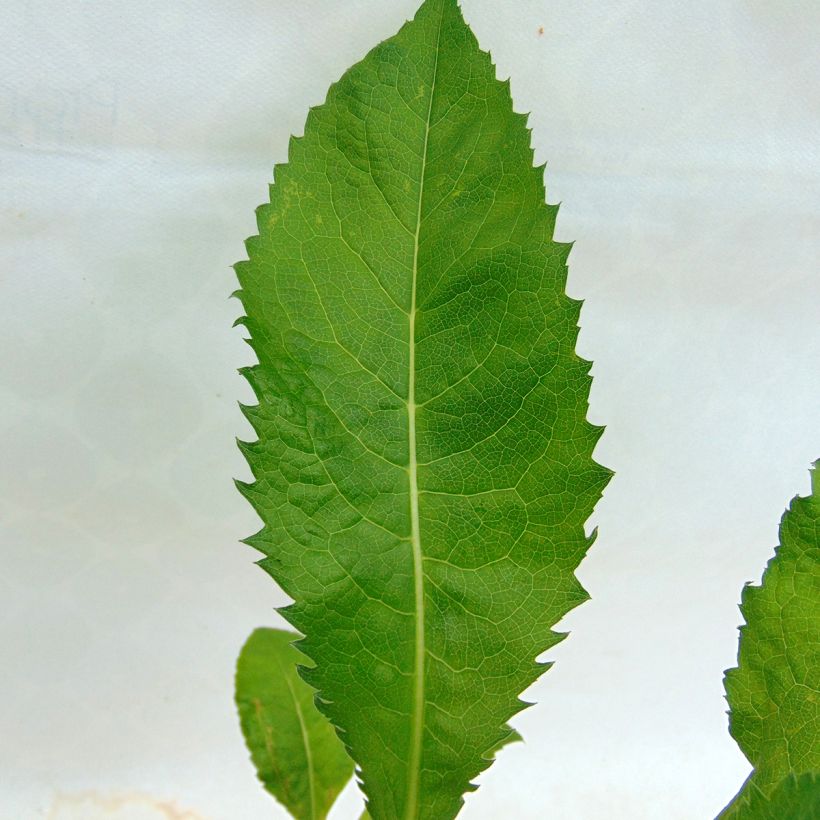

Flowering
Foliage
Plant habit
Botanical data
Aster
tataricus
Jindai
Asteraceae
Michaelmas daisy
China
Other Asters
Planting and care
Plant Aster tataricus in autumn or spring in rich and moist soil. It appreciates a sunny exposure but tolerates partial shade. We recommend protecting it from strong winds that could flatten the clumps. Some Asters are sensitive to powdery mildew, a fungus that forms a whitish deposit on the foliage and buds, weakening the plant. As a preventive measure, maintain a spacing of at least 70 cm (28in) between the plants, regularly clean around the plants, and remove affected parts (when possible) as soon as the first signs of the disease appear. Treat preventively from May with organic products. You can pinch the ends of the stems at 15 cm (6in) above the ground towards the end of May to make the clump more compact. To promote the appearance of new shoots, cut the stems of faded flowers.
Planting period
Intended location
Care
-
, onOrder confirmed
Reply from on Promesse de fleurs
Cottage garden perennials
Haven't found what you were looking for?
Hardiness is the lowest winter temperature a plant can endure without suffering serious damage or even dying. However, hardiness is affected by location (a sheltered area, such as a patio), protection (winter cover) and soil type (hardiness is improved by well-drained soil).

Photo Sharing Terms & Conditions
In order to encourage gardeners to interact and share their experiences, Promesse de fleurs offers various media enabling content to be uploaded onto its Site - in particular via the ‘Photo sharing’ module.
The User agrees to refrain from:
- Posting any content that is illegal, prejudicial, insulting, racist, inciteful to hatred, revisionist, contrary to public decency, that infringes on privacy or on the privacy rights of third parties, in particular the publicity rights of persons and goods, intellectual property rights, or the right to privacy.
- Submitting content on behalf of a third party;
- Impersonate the identity of a third party and/or publish any personal information about a third party;
In general, the User undertakes to refrain from any unethical behaviour.
All Content (in particular text, comments, files, images, photos, videos, creative works, etc.), which may be subject to property or intellectual property rights, image or other private rights, shall remain the property of the User, subject to the limited rights granted by the terms of the licence granted by Promesse de fleurs as stated below. Users are at liberty to publish or not to publish such Content on the Site, notably via the ‘Photo Sharing’ facility, and accept that this Content shall be made public and freely accessible, notably on the Internet.
Users further acknowledge, undertake to have ,and guarantee that they hold all necessary rights and permissions to publish such material on the Site, in particular with regard to the legislation in force pertaining to any privacy, property, intellectual property, image, or contractual rights, or rights of any other nature. By publishing such Content on the Site, Users acknowledge accepting full liability as publishers of the Content within the meaning of the law, and grant Promesse de fleurs, free of charge, an inclusive, worldwide licence for the said Content for the entire duration of its publication, including all reproduction, representation, up/downloading, displaying, performing, transmission, and storage rights.
Users also grant permission for their name to be linked to the Content and accept that this link may not always be made available.
By engaging in posting material, Users consent to their Content becoming automatically accessible on the Internet, in particular on other sites and/or blogs and/or web pages of the Promesse de fleurs site, including in particular social pages and the Promesse de fleurs catalogue.
Users may secure the removal of entrusted content free of charge by issuing a simple request via our contact form.
The flowering period indicated on our website applies to countries and regions located in USDA zone 8 (France, the United Kingdom, Ireland, the Netherlands, etc.)
It will vary according to where you live:
- In zones 9 to 10 (Italy, Spain, Greece, etc.), flowering will occur about 2 to 4 weeks earlier.
- In zones 6 to 7 (Germany, Poland, Slovenia, and lower mountainous regions), flowering will be delayed by 2 to 3 weeks.
- In zone 5 (Central Europe, Scandinavia), blooming will be delayed by 3 to 5 weeks.
In temperate climates, pruning of spring-flowering shrubs (forsythia, spireas, etc.) should be done just after flowering.
Pruning of summer-flowering shrubs (Indian Lilac, Perovskia, etc.) can be done in winter or spring.
In cold regions as well as with frost-sensitive plants, avoid pruning too early when severe frosts may still occur.
The planting period indicated on our website applies to countries and regions located in USDA zone 8 (France, United Kingdom, Ireland, Netherlands).
It will vary according to where you live:
- In Mediterranean zones (Marseille, Madrid, Milan, etc.), autumn and winter are the best planting periods.
- In continental zones (Strasbourg, Munich, Vienna, etc.), delay planting by 2 to 3 weeks in spring and bring it forward by 2 to 4 weeks in autumn.
- In mountainous regions (the Alps, Pyrenees, Carpathians, etc.), it is best to plant in late spring (May-June) or late summer (August-September).
The harvesting period indicated on our website applies to countries and regions in USDA zone 8 (France, England, Ireland, the Netherlands).
In colder areas (Scandinavia, Poland, Austria...) fruit and vegetable harvests are likely to be delayed by 3-4 weeks.
In warmer areas (Italy, Spain, Greece, etc.), harvesting will probably take place earlier, depending on weather conditions.
The sowing periods indicated on our website apply to countries and regions within USDA Zone 8 (France, UK, Ireland, Netherlands).
In colder areas (Scandinavia, Poland, Austria...), delay any outdoor sowing by 3-4 weeks, or sow under glass.
In warmer climes (Italy, Spain, Greece, etc.), bring outdoor sowing forward by a few weeks.

































